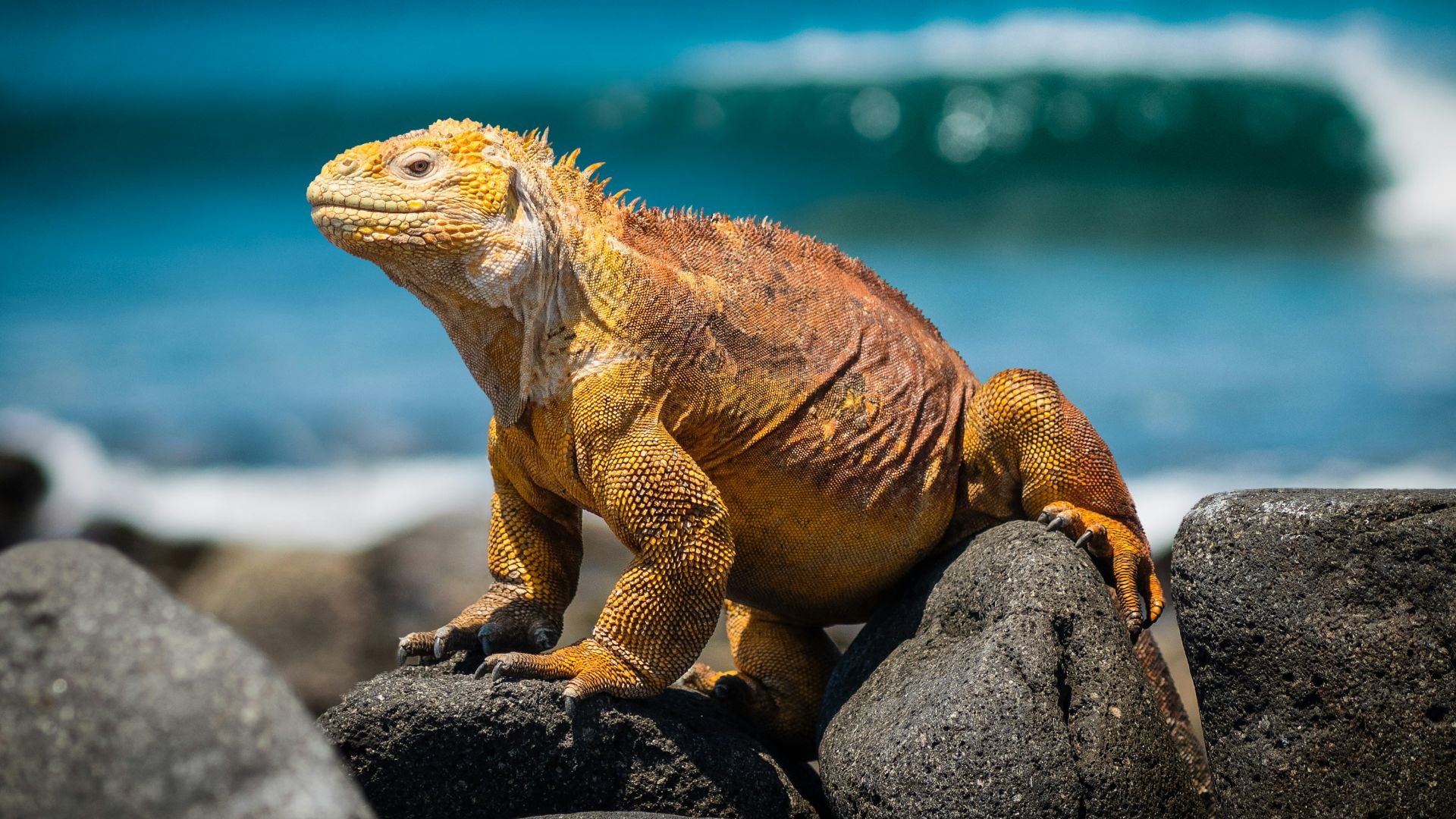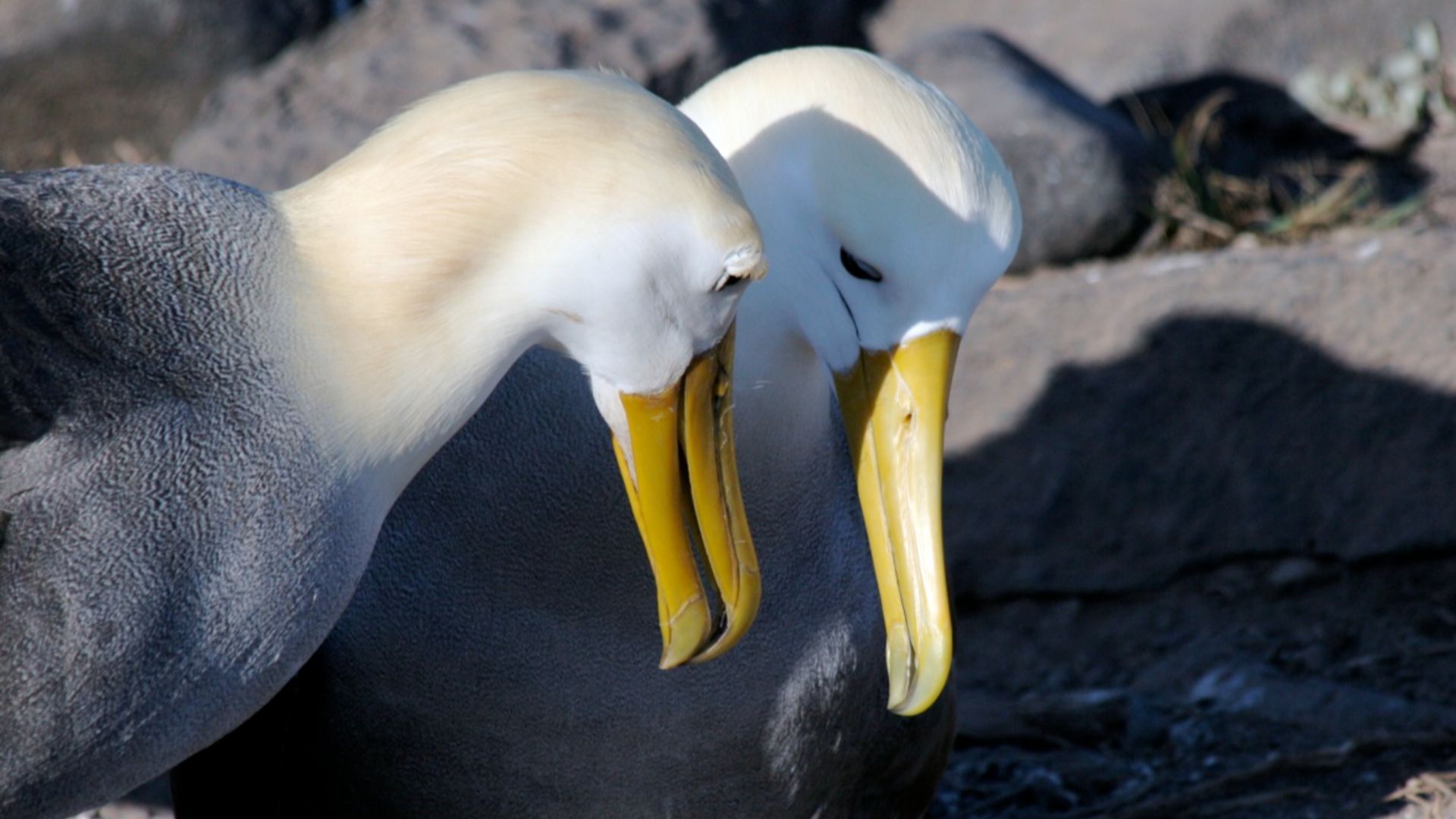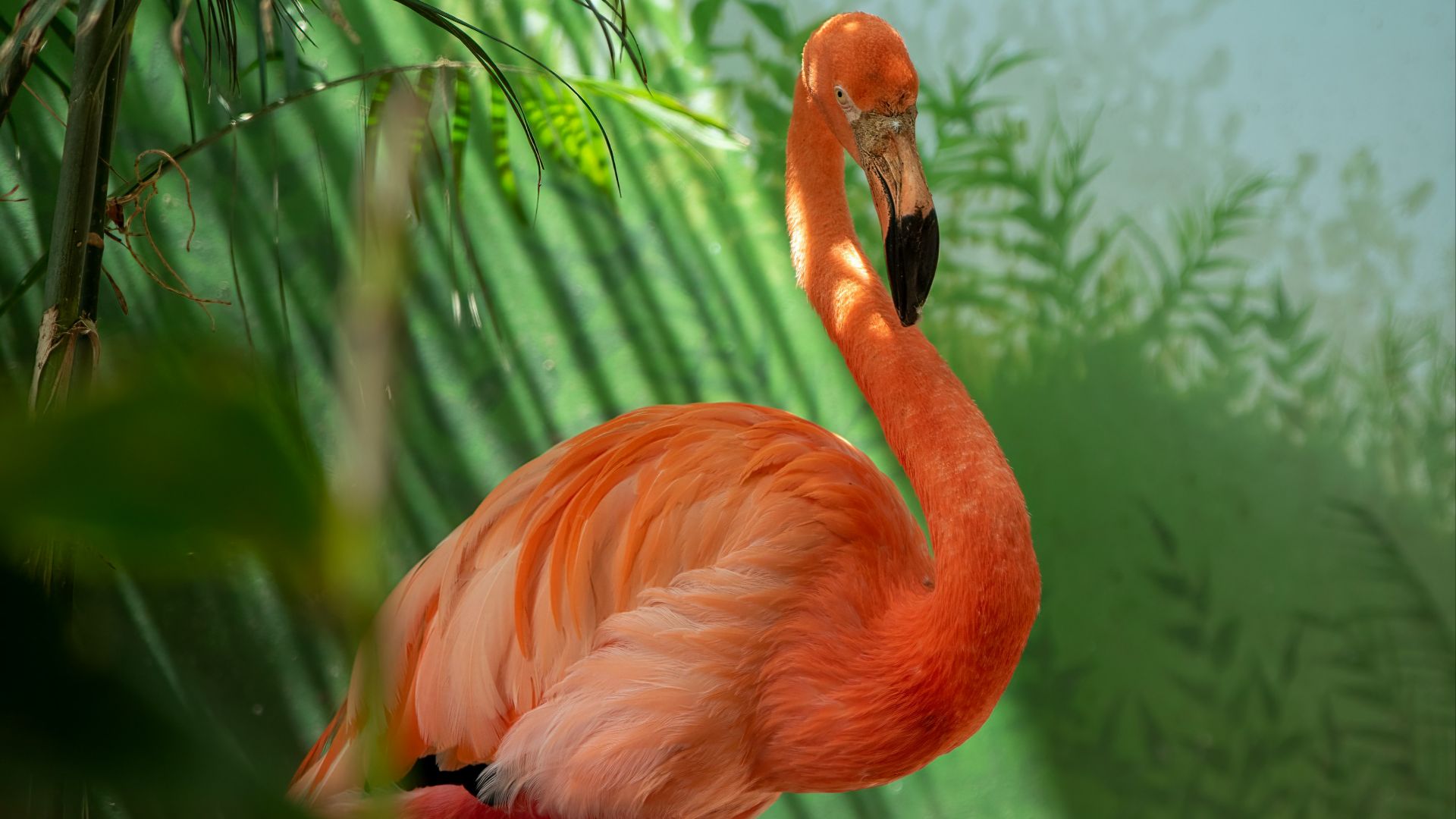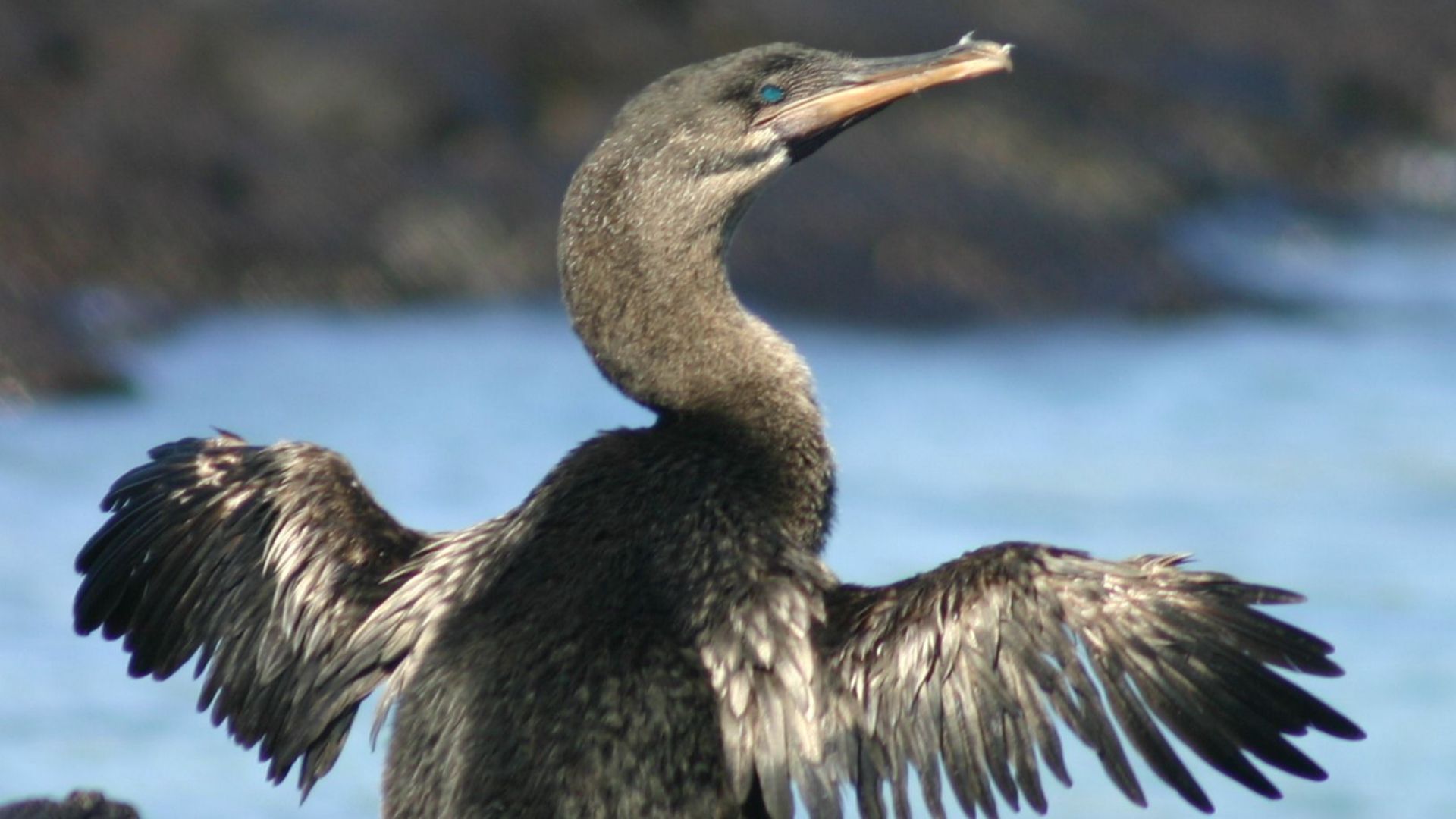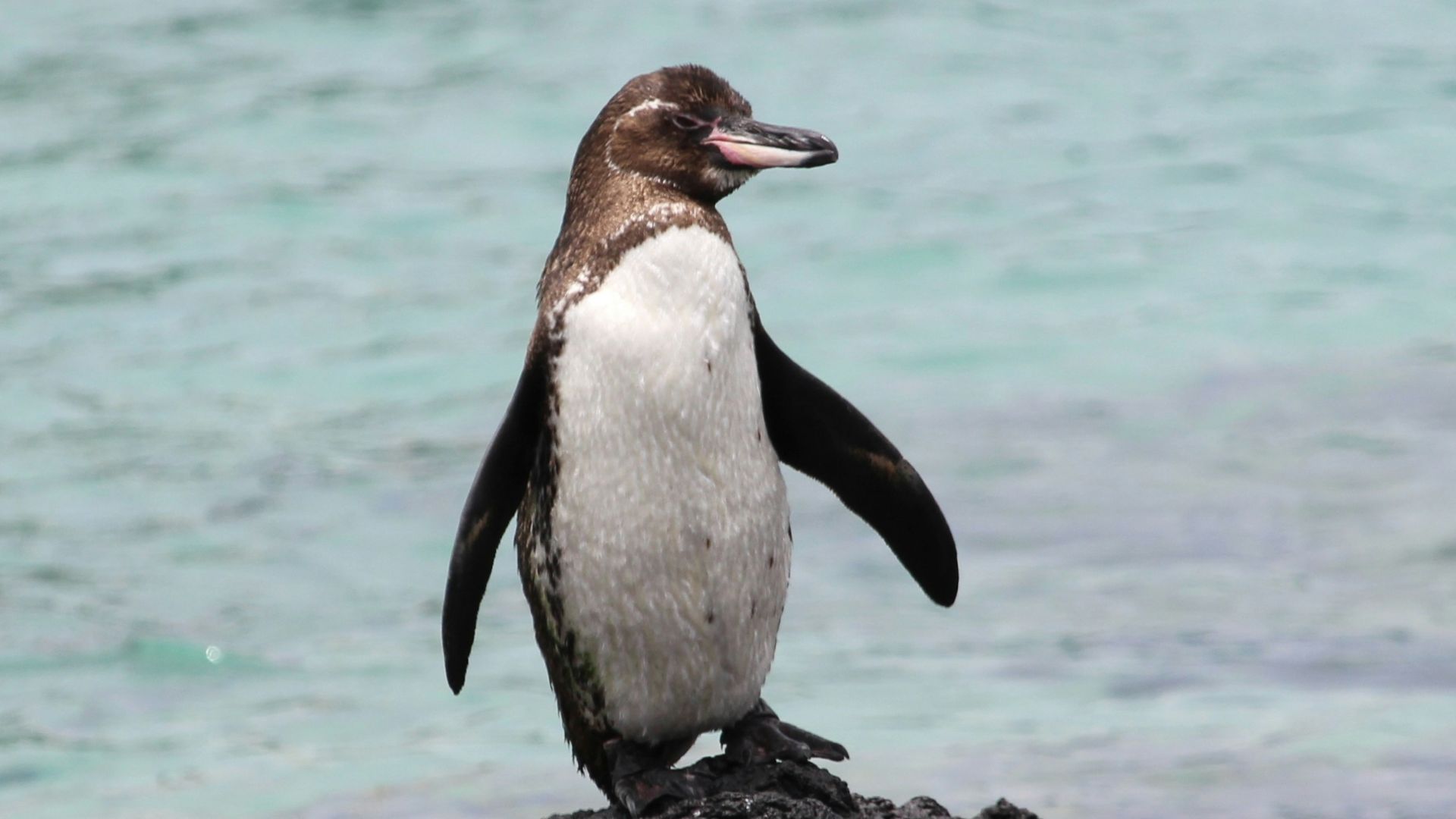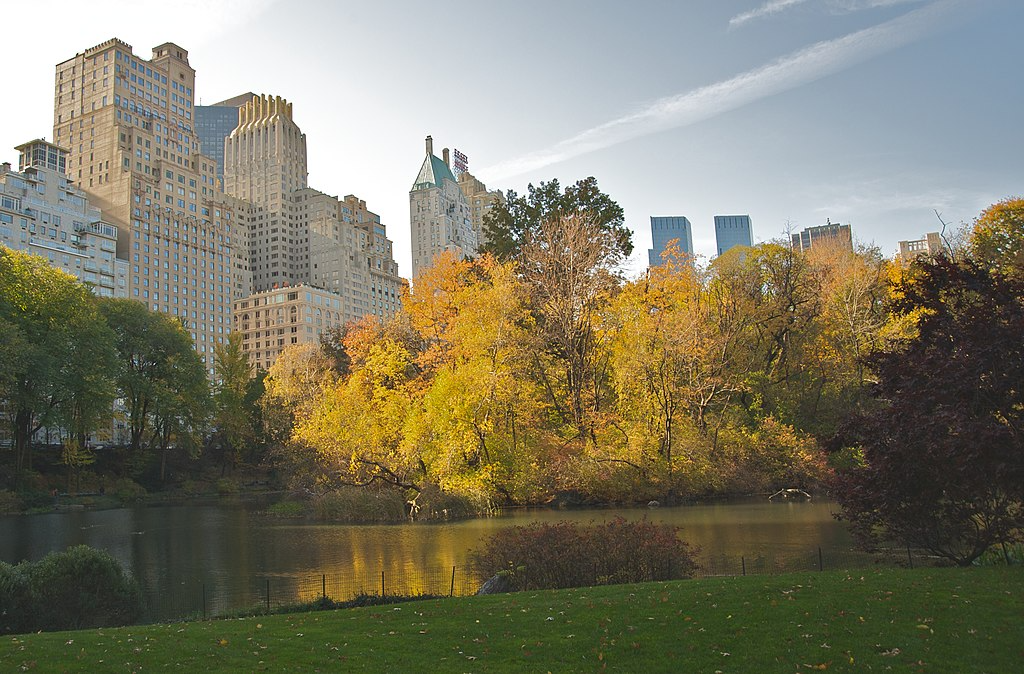Must See Creatures
Creatures of the Galapagos are undoubtedly some of the most peculiar, unusual, and special on the entire planet. From penguins with no flippers to flamingos with pink feathers, the evolution and adaptation of these animals is unlike any other. With that in mind, here are 5 creatures you’ll want to see.
1. Waved Albatross
The Waved Albatross is the largest bird in the Galapagos, with a commanding wingspan and elegant bearing. It is the only tropical species of albatross in the world, and is a genuine icon of the islands' special ecosystems. Visitors may even be fortunate enough to witness its charming courtship dance, or its heart-stopping cliffside take-off into the wind.
2. American Flamingo
The American Flamingo, or Galapagos flamingo, is a spectacle of pink. Large, with long thin legs, the flamingo gets its color from the shrimp that it feeds on. The shrimp is rich in carotene, and as a result, these flamingos are the most brightly colored in the world.
3. Flightless Cormorant
The Flightless Cormorant is one of the Galapagos' most curious evolutionary adaptations. Having lost the ability to fly millions of years ago in the absence of land predators, the cormorant became a strong swimmer and diver that uses its small wings and powerful legs to propel underwater when hunting. It has fur-like feathers and is one of the most bizarre birds on the planet, with courtship conducted by females.
4. Galapagos Fur Seal
The Galapagos Fur Seal is the world's smallest seal species. It can often be seen on rocky shores, sunbathing in the open or cooling off in caves. With its button nose, big eyes, and thick fur, this seal is almost bear-like in comparison to other seals.
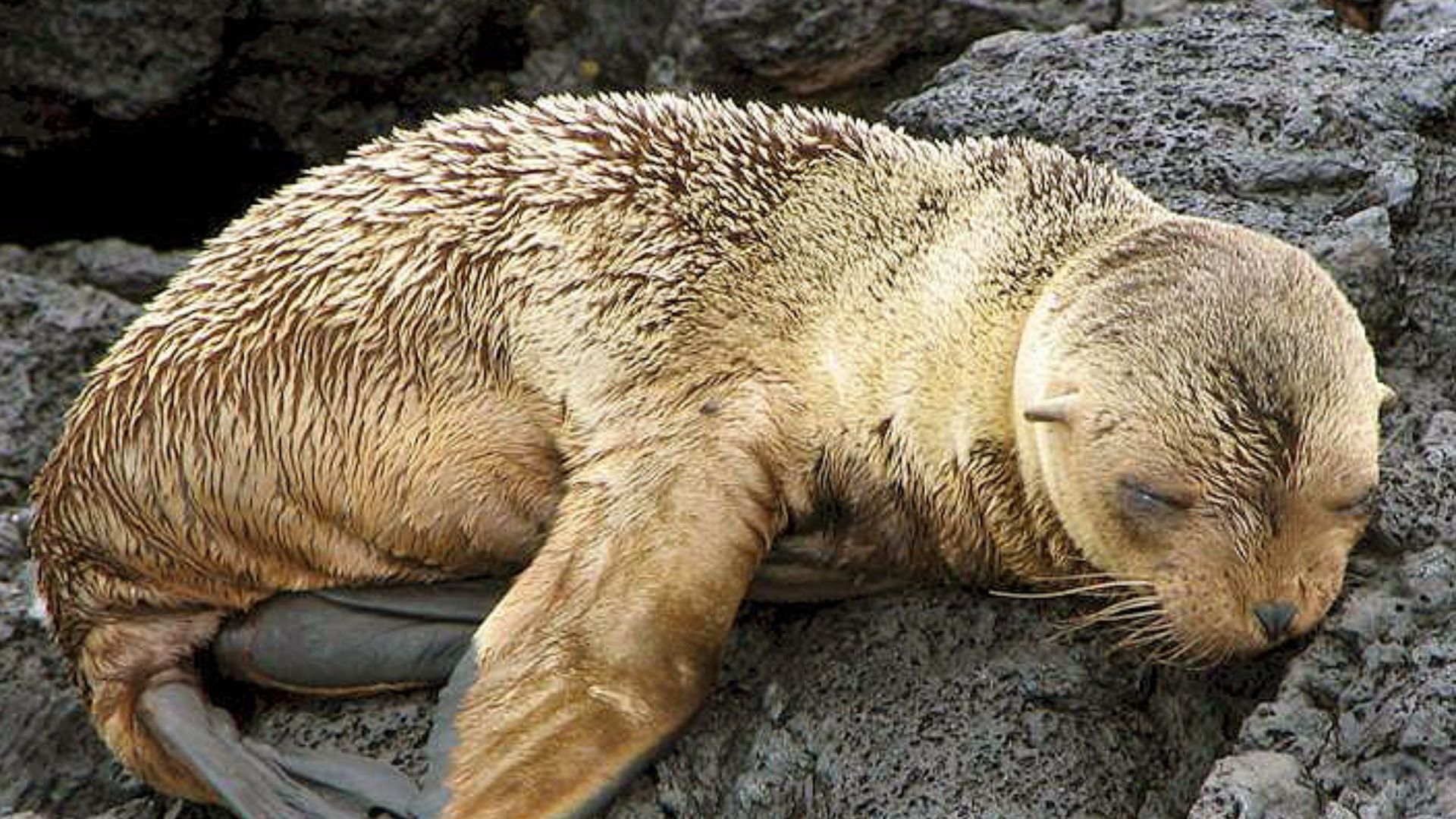 Photo by David J. Stang on Wikimedia
Photo by David J. Stang on Wikimedia
5. Galapagos Penguin
The Galapagos Penguin is the only penguin species that lives north of the Equator. They are at home in the Galapagos Islands' warm waters. These faithful creatures mate for life, raising their young in nests built from bits of lava rock and plants. They make their nests in caves or shaded crevices to keep the eggs out of the sun.


